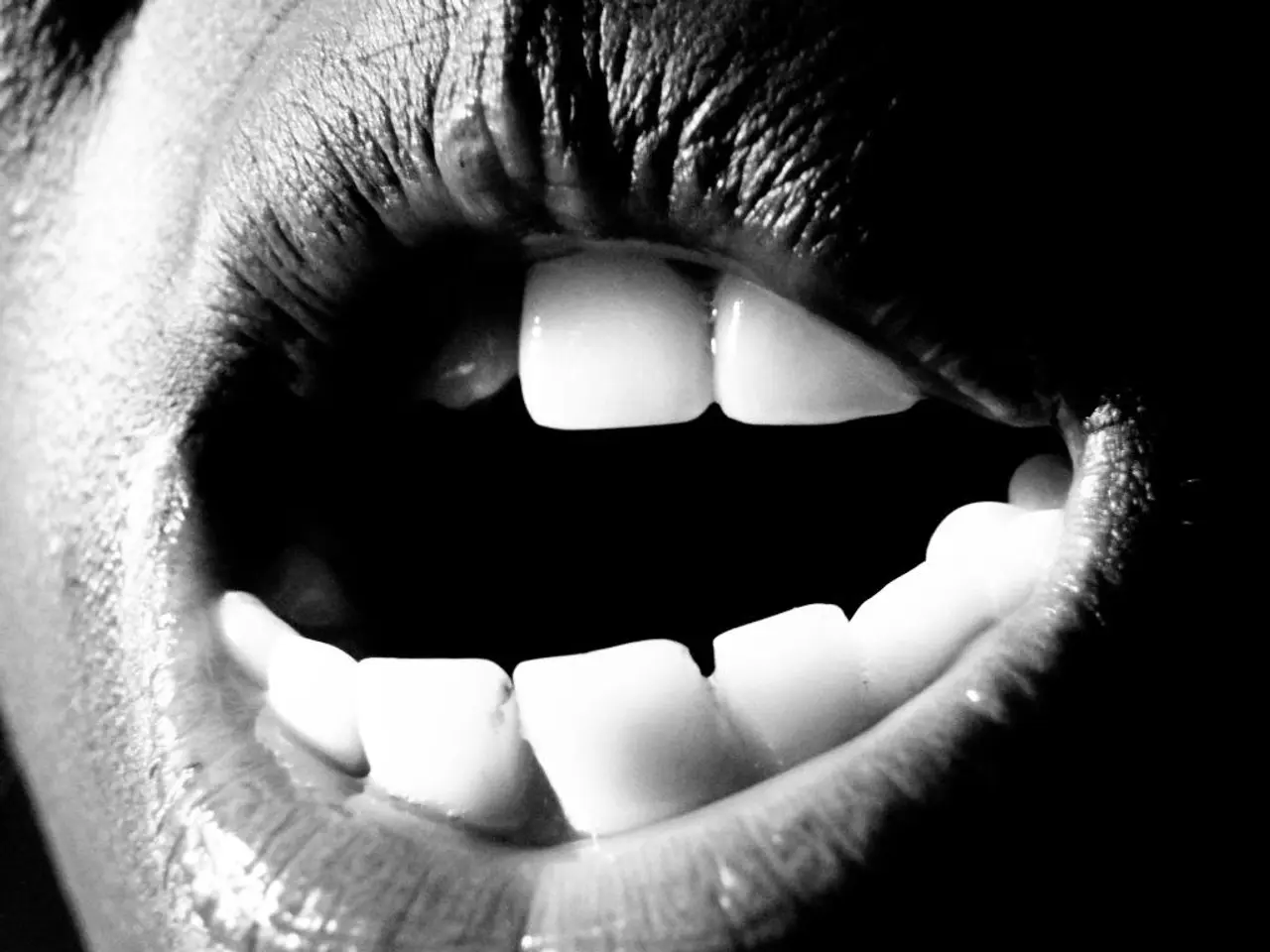Tooth decay: Signs, reasons, and remedies
A dead tooth, characterized by the loss of its blood supply and nerve function, can be a concerning dental issue. Identifying, treating, and preventing a dead tooth involves understanding its symptoms, causes, and proper dental care practices.
### Recognizing the Symptoms of a Dead Tooth
The most noticeable sign of a dead tooth is discolouration, as the tooth may darken or turn grayish compared to surrounding teeth. Other symptoms include persistent pain or discomfort, sensitivity to hot or cold temperatures, tenderness or swelling around the gums, an unpleasant taste or odour, a pimple-like bump on the gums, and in some cases, a bad taste or smell.
### Causes of a Dead Tooth
The primary causes of a dead tooth are tooth decay, tooth trauma, and infection. Tooth decay can penetrate into the deeper layers of the tooth, leading to the death of the nerve. Tooth trauma, such as physical injury, can burst blood vessels or cut off the tooth's blood supply, resulting in a dead tooth. Infection, caused by bacteria entering the pulp, can lead to inflammation and the loss of vitality.
### Treatment Options for a Dead Tooth
The two main treatment options for a dead tooth are root canal therapy and extraction. Root canal therapy involves cleaning out the infected pulp inside the tooth's roots, filing, sealing, and often placing a crown to protect the brittle tooth. Extraction is necessary if the infection is severe or if root canal therapy fails. After treatment, the tooth may require restoration, such as crowns, tooth bleaching, or porcelain veneers, to address discolouration.
### Preventing a Dead Tooth
Preventing a dead tooth involves maintaining good oral hygiene, early treatment of cavities, protecting teeth from trauma, avoiding excessive sugar and acidic foods, and seeking timely dental care for tooth pain or sensitivity. Regular dental check-ups, brushing twice daily with fluoride toothpaste, flossing, and early treatment of cavities can help prevent pulp infection and the death of the tooth's nerve.
### Additional Emergency Care Tips
In case of a dead tooth, rinse the mouth gently with warm salt water to soothe gums. Avoid chewing on the affected side until treated. Seek prompt dental care to prevent infection spreading to surrounding bone or other areas.
Treating a dead tooth quickly is essential to prevent serious complications like spreading infection, bone damage, or systemic issues. Your dentist can determine the best treatment based on the tooth’s condition and overall oral health. An X-ray can help a dentist diagnose a dead tooth, and root canal treatment aims to clear all infection from the tooth and root, clean and seal the area, and prevent further infection.
Early treatment for a dead tooth is crucial to avoid extreme pain and potential complications. A tooth with no blood flow is referred to as a dead tooth or a non-vital tooth. After root canal treatment, the dentist will fill the tooth permanently. A change in colour of a dead tooth is due to dying red blood cells, similar to bruising.
In conclusion, understanding the symptoms, causes, and treatment options for a dead tooth, along with maintaining good oral hygiene and seeking prompt dental care, can help prevent and manage this dental issue effectively.
- Obesity, a chronic condition characterized by an excess amount of body fat, can lead to various health-and-wellness issues, including type 2 diabetes and cardiovascular diseases.
- Macular degeneration, a condition involving the deterioration of the macula, a small spot near the center of the retina in the eye, can cause vision loss and is a leading cause of vision impairment in older adults.
- Sclerosis is a condition characterized by hardening and stiffening of the tissue, most commonly affecting the spine, brain, and nerves, such as multiple sclerosis.
- Science is working to develop predictive models for depression, aiming to accurately identify individuals at high risk for this mental health condition and provide early intervention.
- Dry mouth, a condition caused by decreased saliva flow, can lead to dental issues like tooth decay and oral health problems, as well as other complications like psoriasis and migraines.
- COPD, or chronic obstructive pulmonary disease, is a progressive lung condition characterized by chronically poor airflow, causing breathing difficulties.
- Lung cancer, the uncontrolled growth of abnormal cells in the lung, is the leading cause of cancer death worldwide and often shows no early symptoms.
- Hepatitis, an inflammation of the liver, can be caused by viral infections or excessive alcohol consumption, and can lead to severe liver damage, liver failure, and even death.
- Diabetes, a disorder characterized by high blood sugar levels, can have various complications, such as cardiovascular diseases, nerve damage, kidney damage, and vision loss.
- Cancer research is focusing on finding new and effective treatments, including immunotherapy, which uses the body's immune system to fight the disease, as well as cancer prevention strategies.




